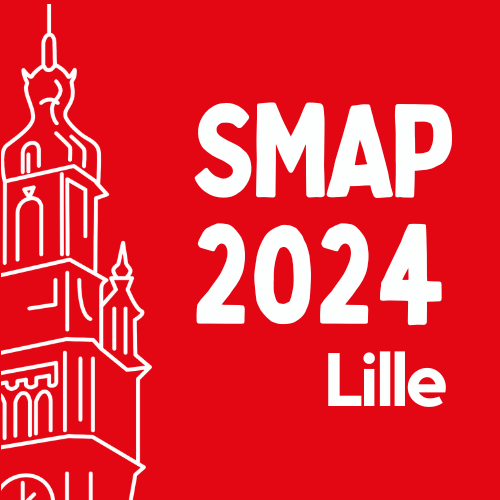
Session: Session 1
Biomarkers search for osteoarthritis
Introduction
Osteoarthritis is a widespread degenerative joint disease affecting 10% of people worldwide. It is characterized by an alteration of the entire structure of the joint and a progressive degradation of the cartilage. To propose a therapy, it is essential to search for adequate biomarkers enabling its early diagnosis. Numerous peptide biomarkers originating from the pathological hydrolysis of proteins present in the joint have been validated, including “coll 2-1” resulting from the degradation of collagen II, the most abundant protein in the cartilage. For the moment, “coll 2-1” is detected by immunoanalysis via the HRGYPGLDG epitope. However, several peptides of different sequences coming from collagen hydrolysis could contain this epitope. The peptides concentrations may vary depending on pathology progression. To improve both the specificity and sensitivity of the analysis, we have developed a method based on liquid chromatography coupled with tandem mass spectrometry to identify all the peptides resulting from the hydrolysis of collagen, and the molecular identity of the “coll2-1” family peptides.
Methodology
A solution of peptides resulting from the enzymatic hydrolysis of human type II collagen was used to develop a methodology based on liquid chromatography coupled to a high-resolution mass spectrometer configured in MS/MS “Data dependent acquisition” mode. Results were interpreted manually or by Proteome Discoverer(R) via Mascot. Afterwards, the analysis of peptides from joint fluids of osteoarthritic patients was carried out.
Results and conclusion
We identified peptides from the “coll2-1” family containing the HRGYPGLDG epitope. We also highlighted post-translational modifications (PTM) described in the literature but also glycosylations near the HRGYPGLDG motif. The identification of peptides in joint fluids allows us to consider their biological validation through their quantification in various biological fluids in patients with osteoarthritis